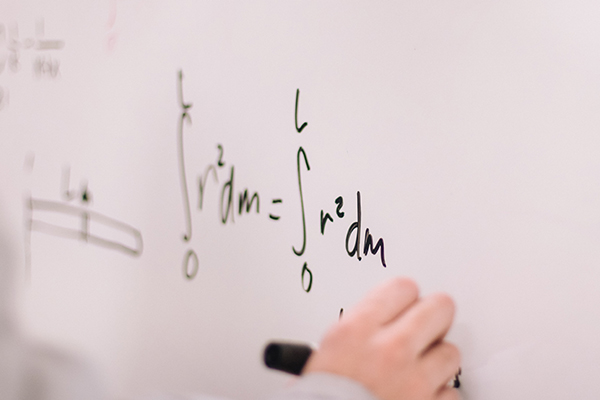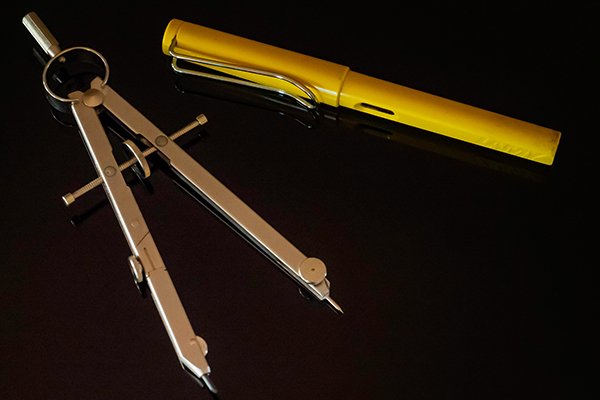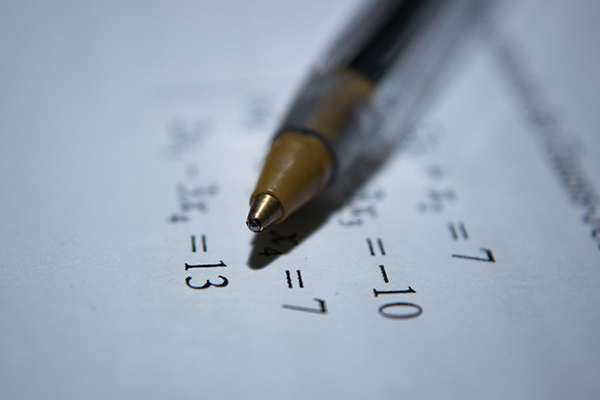Introduction
This handout is a summary of the basic concepts you should understand and be comfort- able to be able to successfully pass MATA31 course. This is intended as a summary and should be used together with Chapter 1 of your text book. Some parts in the notes are left uncompleted deliberately . You need to attend in the lecture and try to complete the notes on your own.
Sets
A set is a collection of objects. The objects of a set are called elements or members.
The set of natural numbers:
◮ are needed for counting The set of integers:
N = {1, 2, 3, . . .}
Z = {. . . − 2, −1, 0, 1, 2, . . .}
◮ are needed for describing below-zero temperature or debt
The set of rational numbers:
Q =
m
{ n |
m, n ƒ= 0 are integers}
◮ are needed for concepts like half an apple
◮Their corresponding decimals are repeating
The set of irrational numbers: The set of numbers that can not be represented as quo- tients of integers.
◮ are needed to measure distances like the diagonal of a square
◮Their decimal√representations are non- repeating
◮Examples: π, √3.
Question: Why 3 is an irrational number?
The set of real numbers denoted as R is the set of all rational and irrational numbers.
Set Notation and Set Operations
∈: The symbol used to denote that an element is a member of a given set. For example, 2 is an element of the set A = {1, 2, 3}. This is written as 2 ∈ A.
∈/: The symbol used to denote that an element is not a member of a given set. For ex- ample, 5 is not an element of the set A. This is written as 5 ∈/A.
If a set A concludes all elements of another set B, it is said that A is a subset of B. This is written as A ⊂ B.
The union of two sets A and B consists of all elements that are in one or the other of the sets. The union is denoted as A ∪ B.
The intersection of two sets A and B is the set of all elements that are members of both sets. The intersection is denoted as A ∩ B.
The empty set, denoted by ∅, is the set that contains no element.
Remark:
∅ ⊂ N ⊂ Z ⊂ Q ⊂ R.
Let A B. The complement of A, denoted by Ac, is the set of all elements in B which are not in A.
Set of Real Numbers
-The set of real numbers denoted as R.
◮ The real numbers are ordered. That is, given a, b R we have either a < b or a > b or
a = b.
◮ We can add, subtract and multiply any two real numbers. We can also divide any number by any non-zero number.
Number Line
The set of real numbers can be represented visually as a line.
- Each point on the line represents a unique real
- We choose an arbitrary point to be zero.





Leave A Comment